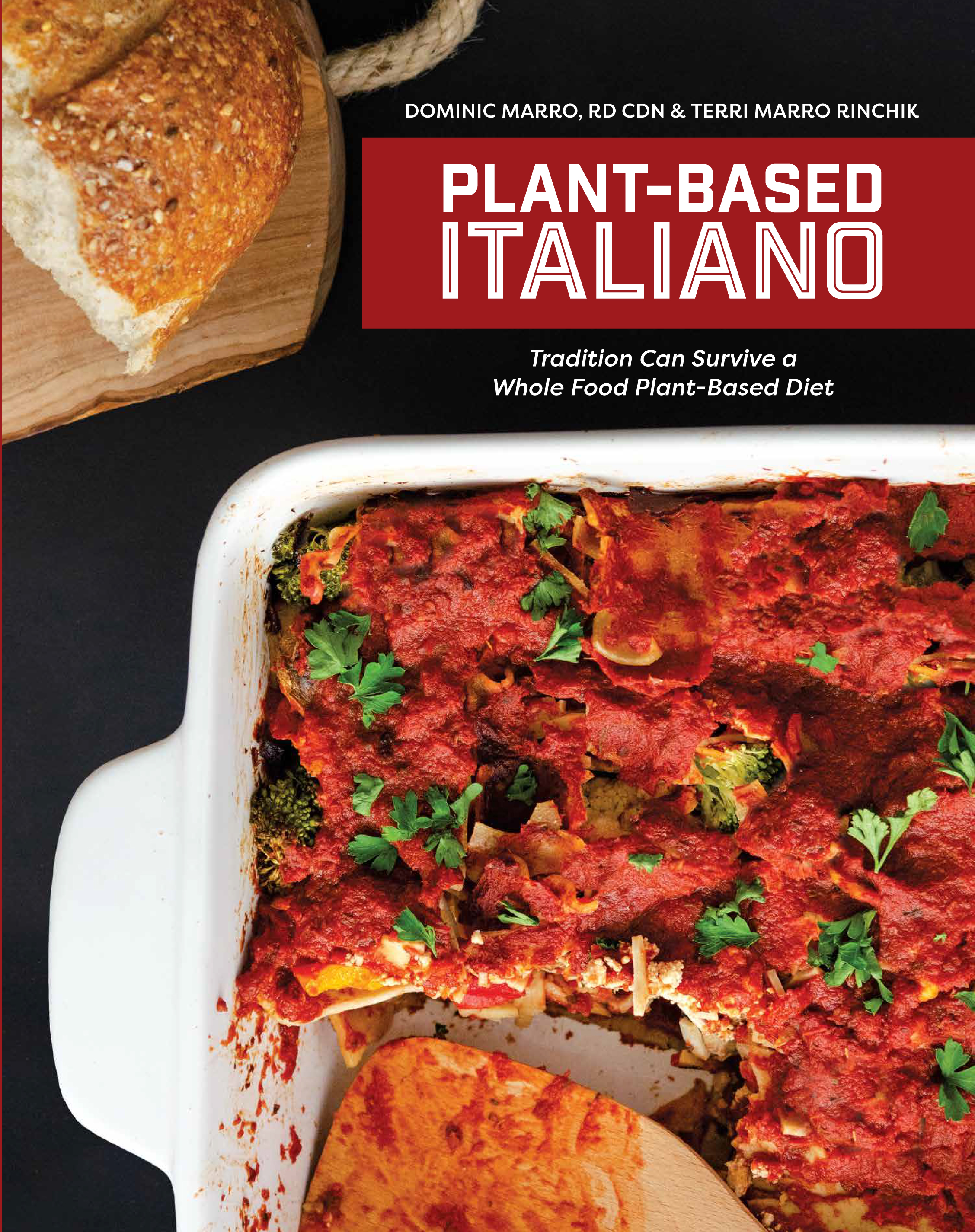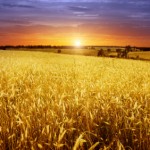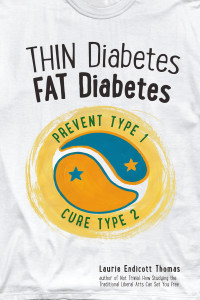The Most Important Nutrient Is Often Ignored and It’s Under Attack
As I’ve mentioned previously, I concur with T. Colin Campbell’s definition of nutrition:
- the highly integrated, interactive, even symphonic effect produced by countless food chemicals that maintain health and prevent disease.
I often lament how most dietitians, physicians and other health care providers define whole plant foods by one or a few nutrients. Dr. Campbell is correct when he states:
- “The more we think that a single chemical characterizes a whole food, the more we stray into idiocy.”
Whole Plant Foods provide many more disease-preventing nutrients than animal foods. Our best chance of receiving the beneficial symphonic effect about which Dr. Campbell writes is by eating a diet dominated by fruits, vegetables, whole grains, and legumes. Focusing on particular nutrients is a misguided waste of time.
So why on earth would I write an article about the importance of one measly nutrient?
What Is Our Most important Nutrient?
I’m willing to bet that if you ask ten people the above question, at least eight of them will respond “Protein!” There is no doubt that protein is an important nutrient, but it is NOT our most critical. Protein (specifically essential amino acids), along with essential fatty acids, vitamins and some minerals are required for human health and life. But these substances come naturally packaged in foods and we can survive for weeks without any food whatsoever. However, it’s believed that we can only last anywhere from a few hours to ten days without water, depending on our physical activity, physical condition and our external environment.
I’m sure our dependence on water does not surprise you, but you probably never thought of water as a nutrient.
What Does Water Do In Our Bodies?
Water is the most abundant constituent of the body, accounting for 50% to 60% of its mass. What are some of the functions that water performs in our bodies?
- Water transports oxygen, nutrients and waste products into and out of cells.
- Water contains several electrolytes (substances in solution that conduct an electric current) including calcium, chloride, fluoride, magnesium, potassium and sodium.
- Water is necessary for all digestion and absorption functions.
- Water lubricates mucous membranes in the gastrointestinal and respiratory tracts.
- Water is the medium for most chemical reactions in the body, especially those metabolic reactions involved in energy production.
- The body uses water as a coolant, helping to regulate body temperature during exercise, fever and in hot environments.
- Water also serves as a cushioning component between joints, in the spinal cord and in the brain.
It’s no wonder we can’t live long without the stuff!
How Much Water Do We Need?
The Institute of Medicine’s (IOM) has established Adequate Intakes (AIs) which are based on median intakes of generally healthy individuals who are adequately hydrated. AIs are expressed as Liters per day (L/d)
| Life Stage Group | AI (L/d) |
| Infants
0 – 6 mo 7 – 12 mo
|
0.7 0.8 |
| Children
1 – 3 y 4 – 8 y
|
1.3 1.7 |
| Males
9 – 13 y 14 – 18 y 19 – 30 y 31 – 50 y 51 – 70 y >70 y |
2.4 3.3 3.7 3.7 3.7 3.7 |
| Females
9 – 13 y 14 – 18 y 19 – 30 y 31 – 50 y 51 – 70 y >70 y |
2.1 2.3 2.7 2.7 2.7 2.7 |
| Preganancy
14 – 18 y 19 – 50 y |
3.0 3.0 |
| Lactation
14 – 18 y 19 – 50 y |
3.8 3.8 |
Individuals can be adequately hydrated at levels below as well as above the AIs provided. The AIs provided are for total water in temperate climates. All sources can contribute to total water needs including drinking water, tea, coffee, juices, and sodas. Thirst and consumption of beverages at meals are adequate to maintain hydration.
Foods Highest in Water
Moisture found in food accounts for 20% of total water intake. We can improve our odds of staying well hydrated (and well nourished) by consuming high water plant foods on a regular basis. The following fruits and vegetables contain over 90% water content: watermelon, cucumber, cantaloupe, grapefruit, strawberries, broccoli, cabbage, cauliflower, celery, cucumber, iceberg lettuce, sweet peppers, radishes, spinach, zucchini, and tomatoes.
The following fruits and vegetables all have above 70% water content: apples, apricots, banana, blueberries, cherries, cranberries, grapes, oranges, peaches, pears, pineapples, plums, raspberries, carrots, green peas and white potatoes.
Fruits and vegetables also provide health-promoting fiber, anti-oxidants and phytonutrients that animal foods do not provide.
Cow’s milk contains approximately 87% water. Muscle meats, organ meats and eggs contain anywhere from 50 to 80% water. Of course the water in these foods comes with baggage such as cholesterol, saturated fat, animal protein, and microbial pathogens. However, the biggest baggage does not come from the animals themselves, but from everything that’s involved in their raising and processing.
Precious Nutrient is Becoming More Precious
As the frequency and intensity of regional droughts continue to increase, the water we require for life and commerce becomes scarcer. Fresh water sources like the Ogallala Aquifer are being used faster than they can be replenished, largely due to our water-guzzling food system. It turns out that meat consumption accounts for 30% of the US water footprint.
The Water Footprint Network describes a water footprint as: “a measure of humanity’s appropriation of fresh water in volumes of water consumed and/or polluted.”
The water footprint looks at both direct and indirect water use of a process, product, company or sector and includes water consumption and pollution throughout the full production cycle from the supply chain to the end-user.
Agricultural production contributes 92% to this total global water footprint. Water scarcity affects over 2.7 billion people worldwide for at least one month each year.
The US Government Is Here To Help
The US Government works with farmers and industry on developing innovative water conservation techniques and technologies. But US agricultural subsidies conflict with the goal of water conservation as the foods most subsidized are those with the highest water footprints. These subsidies also conflict with the 2015 National Dietary Guidelines which recommend increased fruits, veggies, whole grains and legumes and limited dietary cholesterol (animal foods).
Corn and soybeans are highly subsidized and are largely used as animal feed for production of meat, dairy products, and eggs, either domestically or for export. Other subsidized crops including barley, oats, and sorghum, are also used for feed. Notably, waste materials from other crop processing—including cotton production and corn milling for ethanol—also are fed to animals.
In addition to using a lot of water, the animal food industries are also big polluters. According to the US Environmental Protection Agency, about 70% of all water pollution in rivers and lakes in the United States is a result of pollution from animal farms.
A WFPB diet dominated by fruits, veggies, whole grains and legumes not only is health promoting, but it is hard to beat if you wish to help conserve and protect our most precious nutrient. Below I’ve listed the water footprints of different foods. You can see the large disparity among the different food types. In general, fresh, whole plant foods are the winners. As a plant food becomes more processed, the water footprint (and typically the calorie density) of the food increases. A baked potato has a much smaller water footprint and calorie density than a potato chip!
Plant Foods
- Cabbage – 28 gal/lb
- Potato – 34 gal/lb
- Cucumber – 42 gal/lb
- Pumpkin – 42 gal/lb
- Orange – 67 gal/lb
- Apple – 99 gal/lb
- Peach – 109 gal/lb
- Sugar from Beets – 110 gal/lb
- Corn – 147 gal/lb
- Bread – 193 gal/lb
- Sugar from Cane – 214 gal/lb
- Mango – 216 gal/lb
- Dry Pasta – 222 gal/lb
- Dates – 273 gal/lb
- Rice – 300 gal/lb
- Peanuts – 334 gal/lb
Animal Foods
- Cheese – 382 gal/lb
- Chicken – 519 gal/lb
- Eggs – 573 gal/lb
- Butter – 667 gal/lb
- Pork – 719 gal/lb
- Lamb – 1250 gal/lb
- Beef – 1851 gal/lb
Combo
- Chocolate – 2065 gal/lb
- Tea (8 oz) – 7 gal
- Coffee (8 oz) – 29 gal
- Beer (8 oz) – 36 gal
- Wine (8 oz) – 58 gal
Stay Healthy and Strong!






 E Excerpt from Laurie Endicott Thomas’s amazing book Thin Diabetes – Fat Diabetes by clicking here!
E Excerpt from Laurie Endicott Thomas’s amazing book Thin Diabetes – Fat Diabetes by clicking here!
Speak Your Mind